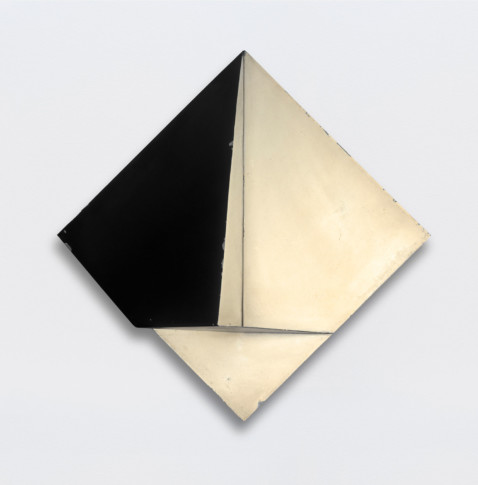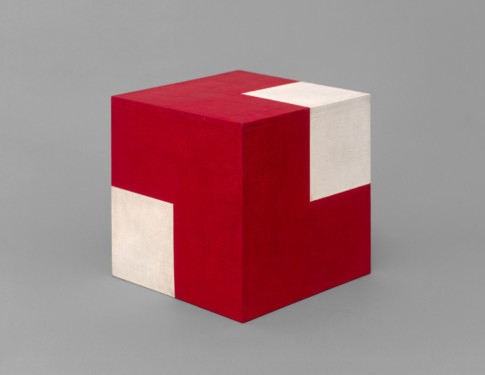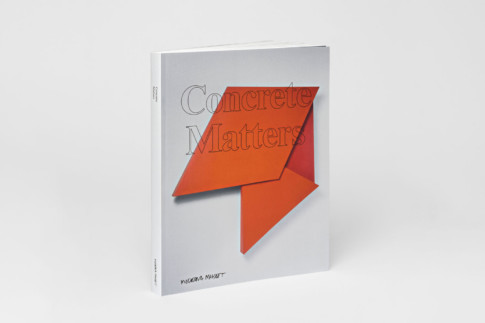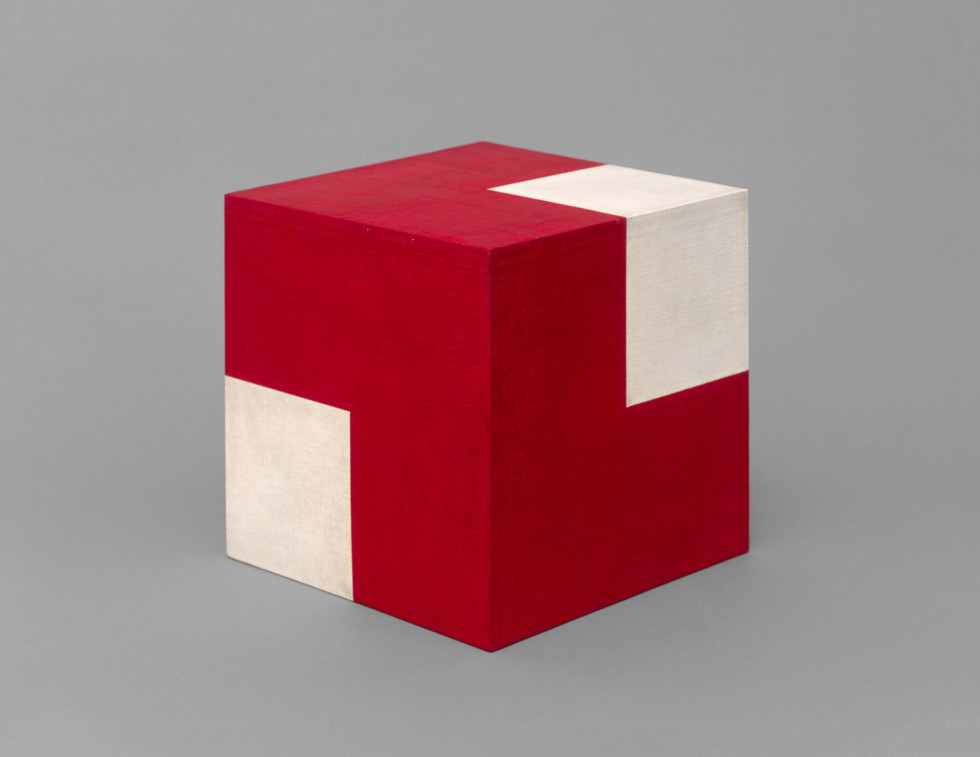
Willys de Castro, Objeto ativo (cubo vermelho/branco) (Active Object (Red/White Cube)), 1962 © Willys de Castro
Introduction Concrete Matters
The exhibition Concrete Matters includes works from the mid-1930s to the late 1970s, when the boundaries of concretism – and of art in general – were being explored in the fast-growing cosmopolitan cities of Montevideo, Buenos Aires, Caracas, São Paulo and Rio de Janeiro. The era is characterised by optimism and social change, but also by political instability and periods of authoritarian regimes. The economy boomed and the cities were growing rapidly.
Interdisciplinary practices were popular, and poets, musicians, architects and artists often inspired each other. Artist groups presented utopian visions in texts and manifestos, which were distributed as flyers, or in their own magazines, or published in daily newspapers. A selection of such manifestos is included in the exhibition catalogue. Despite obvious visual similarities, their works also reveal partly contradictory ideas and intentions. Some artists were certainly more political than others, but they all shared a confidence in the potential of non-figurative art to shape modern society.
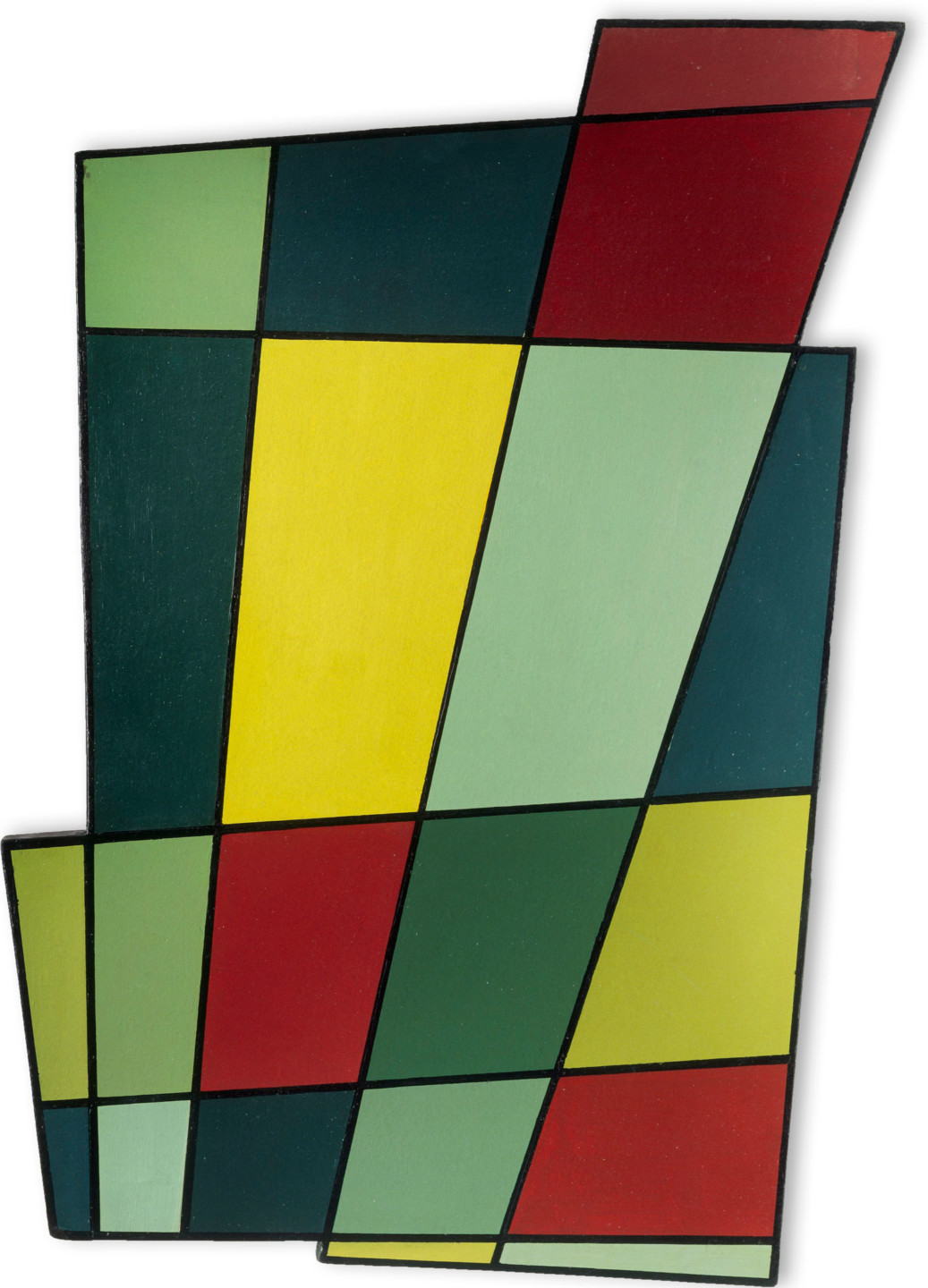
A painting should not symbolise or mean anything other than itself. In this way, the artists claimed, the work was not abstract but concrete, since “nothing is more concrete or real than a line, a colour, a surface”.
Concrete Art
The term “concrete art” was coined in 1930 by the Dutch artist Theo van Doesburg (1883–1931) when he started the group Art Concret in Paris. They were looking for a new formal idiom that was unfettered by figurative or abstract motifs. Instead, they aspired to create an autonomous reality using plane geometric shapes that they regarded as universal. A painting should not symbolise or mean anything other than itself. In this way, the artists claimed, the work was not abstract but concrete, since “nothing is more concrete or real than a line, a colour, a surface”.
The Swiss artist, designer and architect Max Bill (1908–1994) became one of the leading proponents of the concrete art movement. He organised the first international exhibition of concrete art in Basel in 1944 and also came to have a seminal influence on the development of the movement in Latin America through his contacts with Argentine artists such as Tomás Maldonado and Juan Melé. A retrospective exhibition of Bill’s art in São Paulo in 1951 made a great impact on the Brazilian art scene.
Uruguay
Joaquin Torres-Garcia (1874–1949) is a pioneer of non-figurative art in Latin America, although he used symbols in his work, unlike Theo van Doesburg, with whom he made friends in Paris. After nearly 40 years in Europe and North America, he returned to his native Uruguay in 1934. The year after his return, he published the text “The School of the South”, in which he argues that an art school should be founded in Uruguay. Torres-Garcia stressed that art in the rapidly-modernised nation should be filled with content, created by the people. He encouraged his colleagues to have a global approach but without forgetting their local context. Torres-Garcia combined European constructivism with pre-Columbian art in his own constructive universalism.
His compatriot Rhod Rothfuss (1920–1969) moved to Buenos Aires in 1942, where he was to have considerable influence on the development of concrete art.
Argentina
Interest in concrete art began to grow in Argentina in the early 1940s. In 1944, the magazine Arturo was published. Tomás Maldonado (born 1922) and Gyula Kosice (1924–2016) were among the contributors. Rhod Rothfuss wrote in Arturo that although abstract painting had liberated art from depicting reality like a camera, the rectangular format nevertheless adhered to the illusion of the painting as a window into another world. The solution was to give the canvas an irregular shape. This idea had a huge impact.
In the mid-1940s, two central groups had established themselves. Asociación Arte Concreto-Invención (AACI) had a strongly political approach to art, rooted in Karl Marx’s dialectical materialism and emphasizing on action and change. Tomás Maldonado, Raúl Lozza (1911–2008), Juan Melé (1923–2012) and Juan Alberto Molenberg (1921–2011) belonged to this group. Lozza and Molenberg rejected the frame entirely by connecting individual elements on the same plane parallel to the wall. The other group, Madí, included Gyula Kosice, Rhod Rothfuss and Carmelo Arden Quin (1913–2010). Madí had a more dada-inspired and playful approach, and experimented with irregularly-shaped canvases and three-dimensional objects.
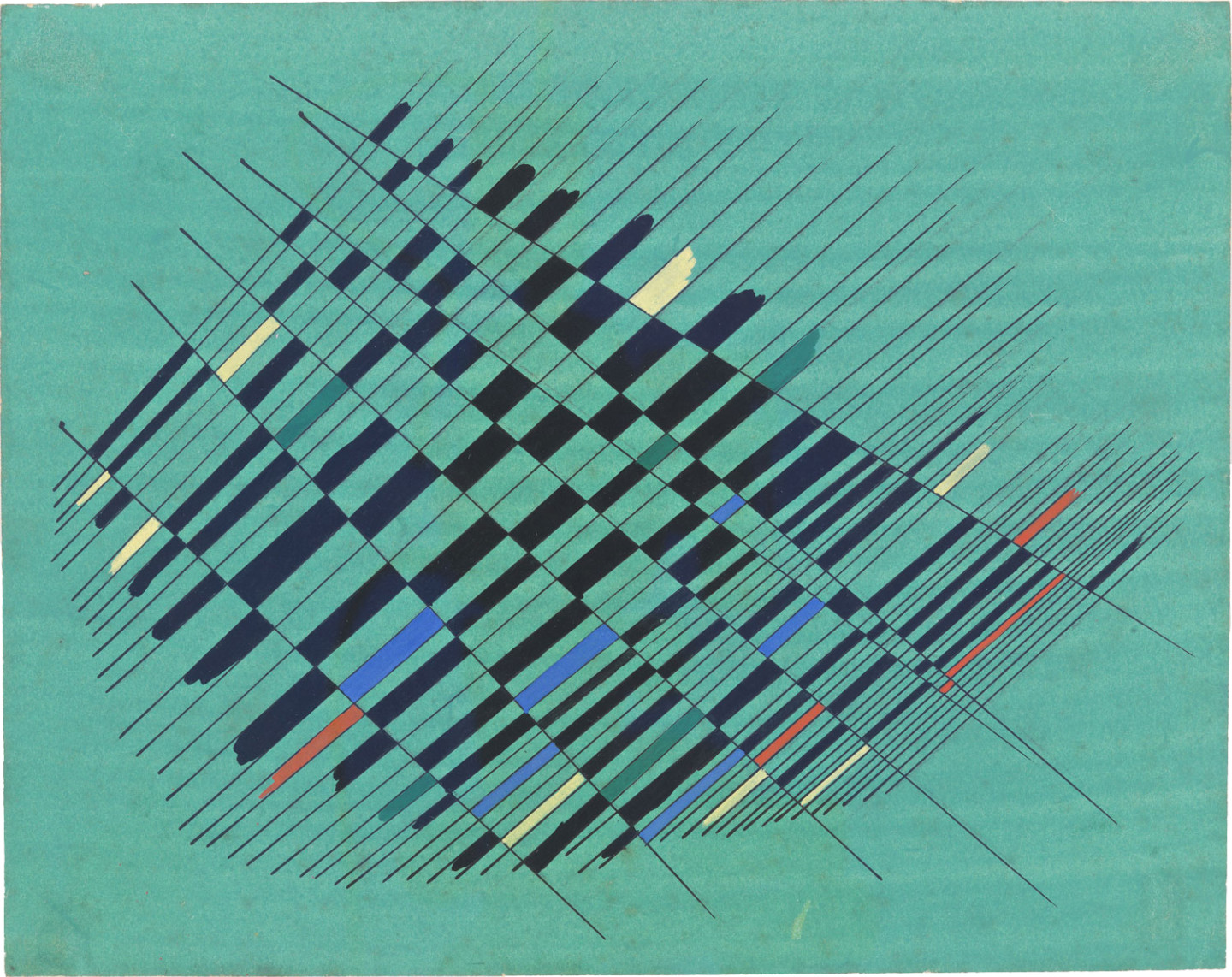
Venezuela
After the military junta seized power in Venezuela in 1948, many artists, including Jesús Rafael Soto (1923–2005), left for Paris, where they joined Los Disidentes. This was an artist group that had been started by Alejandro Otero (1921–1990) and others a few years earlier.
Unlike many of his contemporary artists, Soto was not interested in mechanical movement but in human and eye movements. His works changed appearance as the viewers moved around them. Carlos Cruz-Diez (born 1932) also focused on the interaction between art and spectator. In his physiochromies, the colour changes depending on the viewer’s position. He also created interactive works where the audience could alter the position of components.
The German-Jewish artist and architect Gego (Gertrud Louise Goldschmidt, 1912–1994) fled to Venezuela from the Nazi regime in 1939. In the 1960s, she began using materials such as wire, paper and iron to create her three-dimensional drawings. Her wire installations put lines and shapes in direct relation to the space.
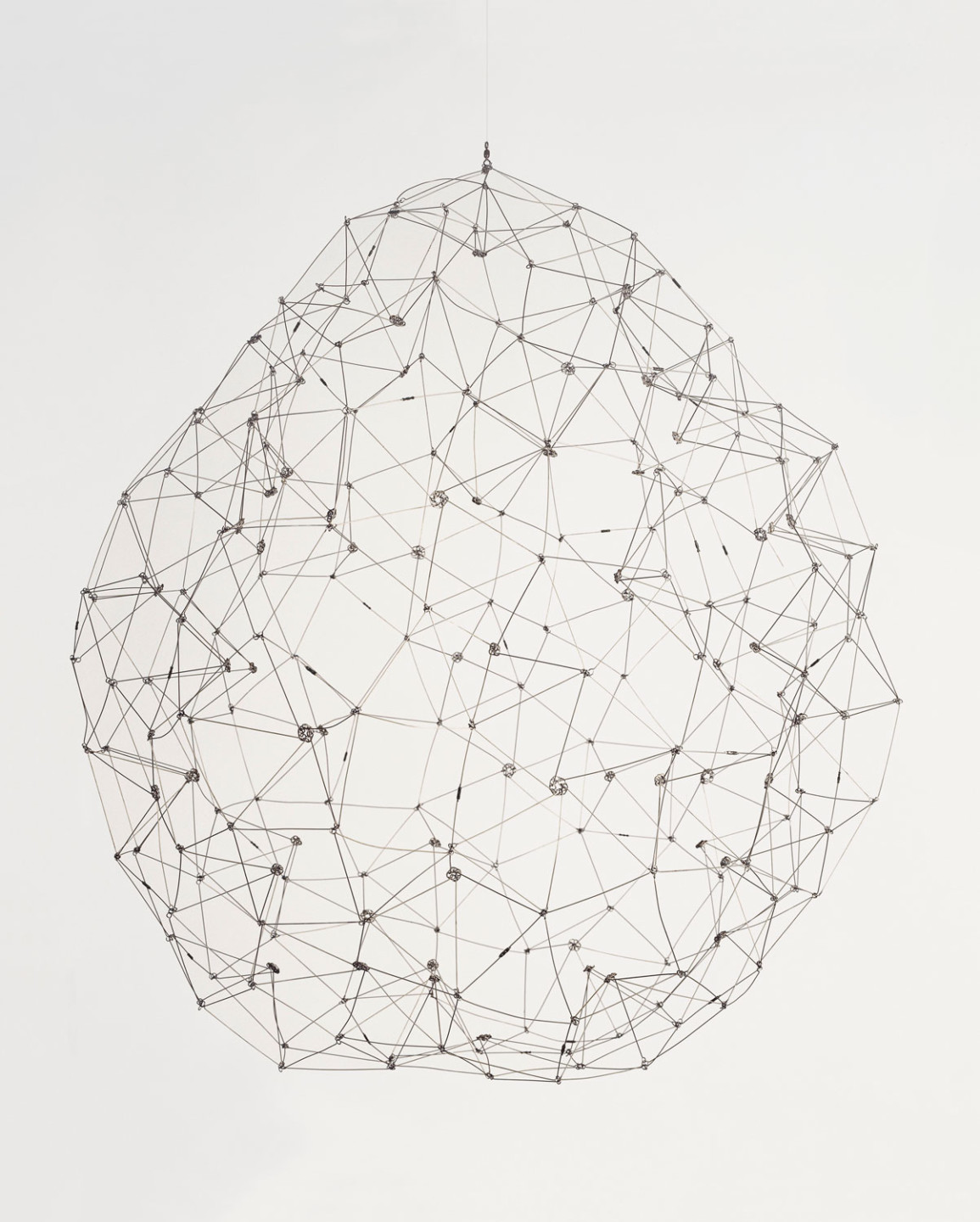
Brazil: São Paulo
The new capital Brasilia, inaugurated in 1960, was a manifestation of the radical social transformation of Brazil. This utopian project followed President Juscelino Kubitschek’s promise to make up for “50 years of development in five years”. But the artists were active mainly in São Paulo and Rio de Janeiro.
Museu de Arte de São Paulo opened in 1947. The exhibitions featured artists such as Alexander Calder, Le Corbusier and Max Bill. While concrete art was losing its significance in Europe, Max Bill’s ideas were welcomed with open arms in South America. When Grupo Ruptura was launched in São Paulo in 1952, its members, including Waldemar Cordeiro (1925–1973), Geraldo de Barros (1923–1998), Luíz Sacilotto (1924–2003), Judith Lauand (born 1922) and Anatol Władysław (1913–2004), were profoundly inspired by Bill’s theories. The Ruptura movement rejected naturalism in favour of an analytical and theoretical approach to art. Logic and mathematics were tools for understanding and portraying objective reality. Industrially smooth surfaces emphasised that the work of art was independent of the artist.
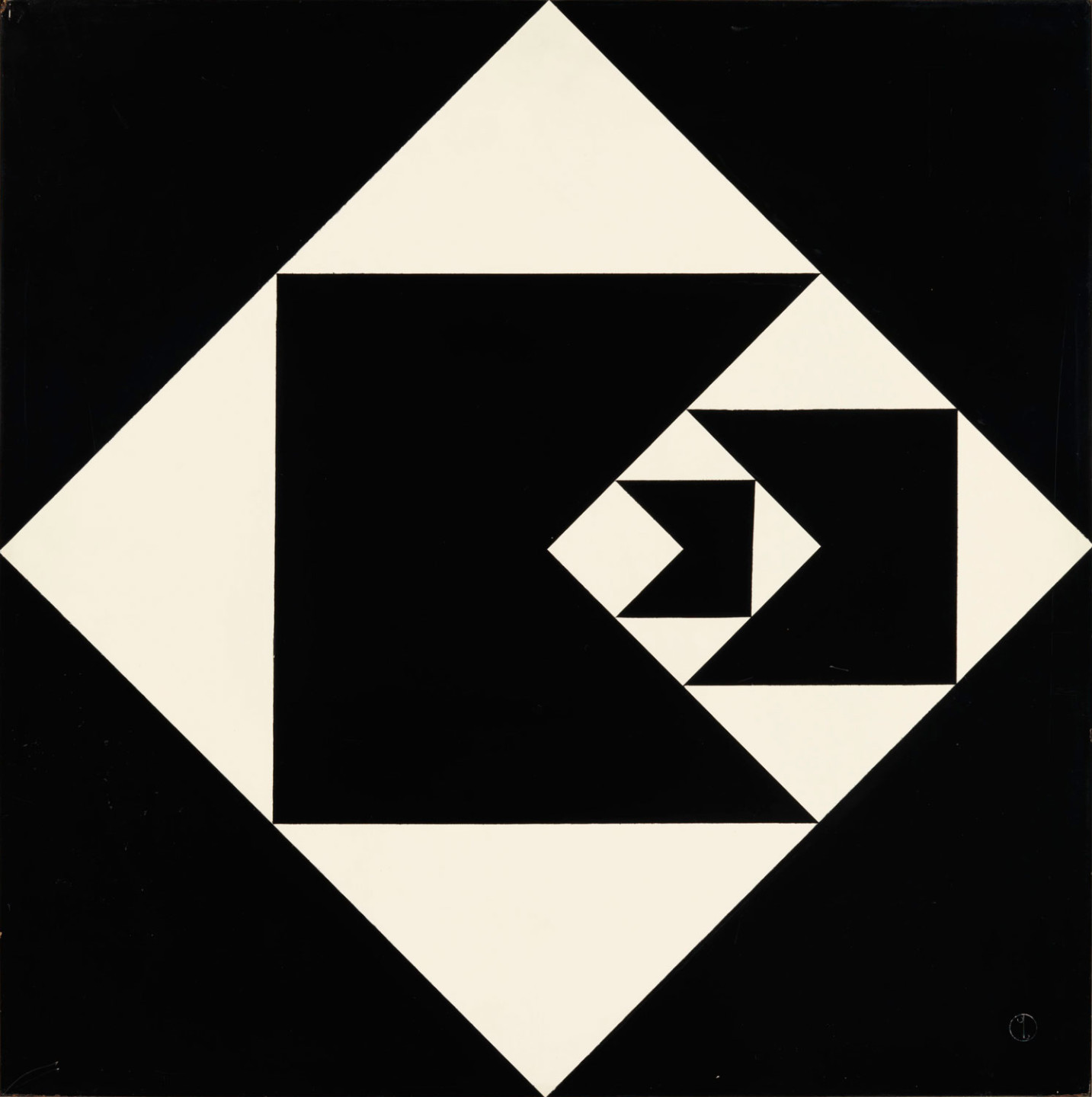
Logic and mathematics were tools for understanding and portraying objective reality. Industrially smooth surfaces emphasised that the work of art was independent of the artist.
Brazil: Rio de Janeiro
Grupo Frente was formed in Rio de Janeiro in 1954. The artist Ivan Serpa (1923–1973), who was actively involved in starting the group, had been a teacher to several of its members at the Museu de Arte Moderna in Rio. Grupo Frente proposed a more exploratory use of concretism. Its proponents included Lygia Clark (1920–1988), Lygia Pape (1927–2004), Aluísio Carvão (1918–2001) and Hélio Oiticica (1937–1980).
The influential Brazilian art critic Mário Pedrosa was a close friend of several of these artists. In his essay “Grupo Frente”, written in connection with the group’s second exhibition in 1955, he described how the members shared a belief in the revolutionary and regenerative power of art. Pedroso underlined that art should teach people “to fully exercise their senses and to shape their own emotions”. The Frente artists applied an experimental approach to the basic elements of concretism: colour, line and form.
Brazil: Neo-Concretism
In the late 1950s, a few artists in Grupo Frente sought to merge art and life. A neo-concrete manifesto was written in 1959 by the artist, poet and critic Ferreira Gullar, and signed by other artists, including Franz Weissmann (1914–2005), Lygia Clark and Lygia Pape. They were joined by Hélio Oiticica the following year. These artists opposed the growing rationalist interpretation of concrete art, stating that theory was given too much scope and art was confused with science.
Strongly influenced by the phenomenology of philosopher Maurice Merleau-Ponty, they claimed that all the senses, not just sight, were needed to experience a work of art. Paintings and sculptures moved from the walls and plinths into the room. Viewers were encouraged to interact with the works by physically shaping and reshaping them, as in Lygia Clark’s Bicho sculptures. The artists worked in public urban spaces, where the people became part of the creative process. Hélio Oiticica collaborated with a samba school in a favela in Rio. His Parangolés are “mantles” that people can wear, dance and live in. In Livro da criação (1959–60), Lygia Pape invites the art audience to shape the narrative by handling the loose parts of the book in a form of creational myth, or a story about creativity.
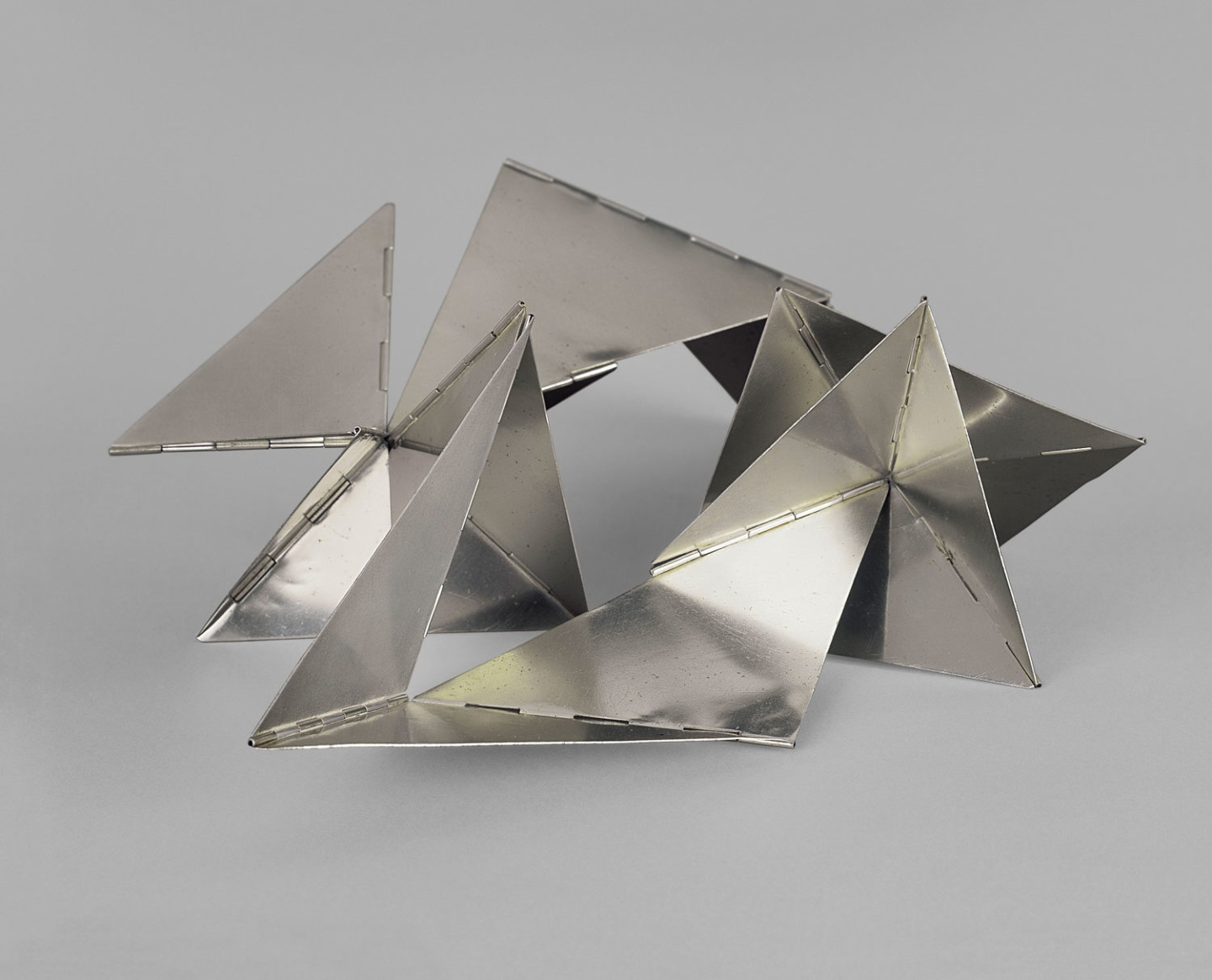
Concrete Art in Sweden
When Theo van Doesburg formed his Art Concrete group in Paris, the Swedish artist Otto G. Carlsund (1897–1948) was among the members. He introduced the new art movement in Sweden the same year, showing works by van Doesburg and Piet Mondrian at the Stockholm Exhibition in 1930. Elli Hemberg’s (1896–1994) close friendship with Carlsund made her increasingly approach non-figuration in the 1950s.
Few Swedish artists have embraced the ideas of concretism whole-heartedly, however. Lennart Rodhe (1916–2005) and Olle Bonniér (1925–2016) belonged to an artist group referred to as “1947 års män” (The Men of 1947), who used mainly concrete imagery, albeit with some figurative or abstract elements.
The Swedish artist who has perhaps gained the most international recognition for his non-figurative art is Olle Bærtling (1911–1981), who was invited to show his “open form” at the fifth biennale in São Paulo in 1959. He also represented Sweden at the seventh São Paulo biennale in 1963.
In connection with the exhibition Concrete Matters, the Museum will present art from the collection, highlighting the Swedish concrete artists Olle Bærtling, Olle Bonniér, Elli Hemberg, Otto G. Carlsund, Lennart Rodhe and Eric H Olson.

